| Index |
About Me |
Sophrology |
Relaxology |
Energy Therapy |
Yoga |
Other Programs |
Contact |
|
|
|
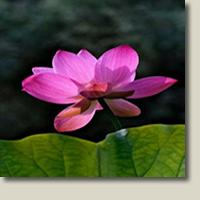
|
Relaxation is a skill that can be perfected
Over the years, we learn to control our urges to sleep or relax, since we must remain alert as we attend school, learn professional skills, go to work or care for a family. We often spend years conditioning ourselves to work and perform despite feelings of tiredness. In many ways this is necessary, but it can impair our ability to actually let go and relax when we want to.
Relaxation is also a uniquely individual activity. While some may find sports relaxing, others find them stressful. Napping or reading a good book might be your idea of relaxation, but the inactivity might drive your best friend crazy.
Finally, many people need or want a structured relaxation program, such as a course in meditation, martial arts or yoga, while others prefer to be spontaneous and avoid structure at any cost.
|
|
|
|
Tips for the Relaxation-Impaired
A good exercise to try is the "Relaxation Response" technique. Although this method requires some practice, it has been used for decades as an aid in relaxation and symptom improvement in various medical conditions such as high blood pressure.
Practice other positive healthy habits. Stay healthy even when stressed out. The healthier your body is, the better it can function in all areas including relaxation. An exhausted, burnt-out state will not facilitate healing, strengthening and relaxation.
You might have to force yourself to take emotional "time out" for relaxation. This, too, is a skill you can develop and perfect. Practice shutting out stressful thoughts and images for a few minutes at a time to start out. If you have ten free minutes a day, you can reduce stress, improve insomnia, lessen anxiety and depression, and decrease your chances of developing cardiovascular disease with a simple meditative technique.
|
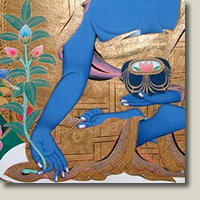
|
|
|
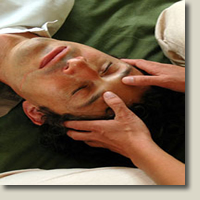
|
What is the relaxation response?
Simply stated, it is the opposite of the "adrenaline rush" we associate with stress and anxiety. Physiologically, our bodies respond to perceived threatening situations with an increased release of the hormones epinephrine and norepinephrine, leading to increased heart rate, increased blood pressure, accelerated breathing rate and increased blood flow to the muscles. Because these reactions prepare our bodies to flee the situation or to fight, this reaction has been termed the "fight-or-flight" response. The relaxation response described by Benson and his colleagues is a state in which our bodies undergo an opposite reaction - leading to decreased breathing rate, heart rate, blood pressure and metabolism.
Almost anyone can learn to elicit the relaxation response, and no special equipment is necessary. The relaxation response technique consists of the repetition of a word, sound, phrase, etc. while sitting quietly with eyes closed. Intruding thoughts are dismissed by passively returning to the repetition. This should be practised for 10-20 minutes a day in a quiet environment free of distractions. A seated position is recommended to avoid falling asleep and you may open your eyes to check the time but do not set an alarm. Do not feel discouraged in the beginning if it is difficult to banish intruding thoughts or worries; this technique requires practice. With consistency and time the relaxation response will occur effortlessly and smoothly.
|
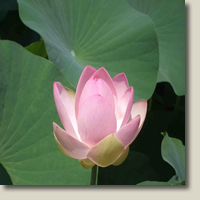
|
For maximum benefits you should schedule time to practice the relaxation response into your daily routine. Many people find it helpful to practice this technique at approximately the same time each day; for example, upon returning home after a busy work day it may ease your transition to a relaxed and enjoyable evening.
|
|
|
|
Meditation
Meditation is one of the proven alternative therapies. It can be broadly classified under the category of mind-body medicine.
More and more doctors are prescribing meditation as a way to lower blood pressure, improve exercise performance in people with angina, help people with asthma breathe easier, relieve insomnia and generally relax the everyday stresses of life. Meditation is a safe and simple way to balance a person's physical, emotional and mental states. It is simple but effective.
The use of Meditation for healing is not new. Meditative techniques are the product of diverse cultures and peoples around the world. It has been rooted in the traditions of the world's great religions. In fact, practically all religious groups practice meditation in one form or another. The value of Meditation to alleviate suffering and promote healing has been known and practiced for thousands of years. It has been scientifically shown that meditation works.
|
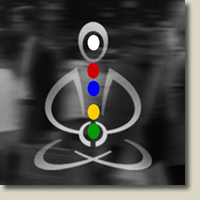
|
|
|
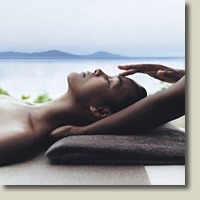
|
Kunye Message
Kunye, a massage that is taught in the Tibetan Medical tradition, is unique to that tradition. Mentioned in some of the ancient texts of the Bon and Buddhist religions, Kunye has been practiced for centuries in the Himalayan regions by Tibetan peoples.
The term kunye is the combination of two words: “ku” and “nye.” “Ku” means to anoint the body of a sick or healthy person with oils which are appropriate to that person’s specific illness or constitution. “Nye” means to externally rub or massage crucial points such as nerves and tendons. The combination of ku and nye is a method to cure internal imbalances and disease.
The Conclusive Tantra, the last of the four medical tantras, states that the mild therapies consist of compresses, medicinal baths and massage. Kunye massage is considered a mild therapy.
The practice of massage is very beneficial and does not have negative effects; moreover, it can be done by anyone, regardless of whether they are doctors, yogis or not. For this reason, this therapeutic modality has always been practiced throughout the centuries by the Tibetan people and continues to be practised even today.
|
|
|
|
Californian Massage
The Californian massage is in the line of the "new age", a movement which preaches individual balance, total openness of the person, listening to one's body, the harmony with oneself... To start with, the Californian massage is a massage of relaxation, which is performed on a person lying down on a mattress or a carpet on the ground, ideally naked or almost.
Made of slipped pressures, slow light touch, fluid and harmonious movements, while insisting on parts of the body particularly tense, the Californian massage intensifies the concept of well-being and body conscience.
The Californian massage is made with massage or essential oils which gives tonic or relieving effects according to your needs. The Californian massage reconciles the person with their body, gives back the essential harmony with the well-being. After one hour, the person (who has often fallen asleep) is relieved.
|
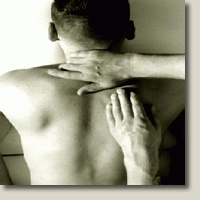
|
|
|
|
| |
|
|

